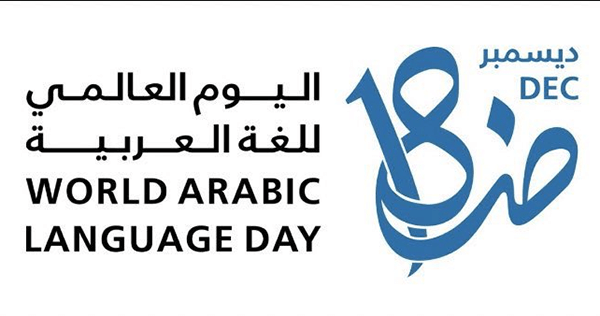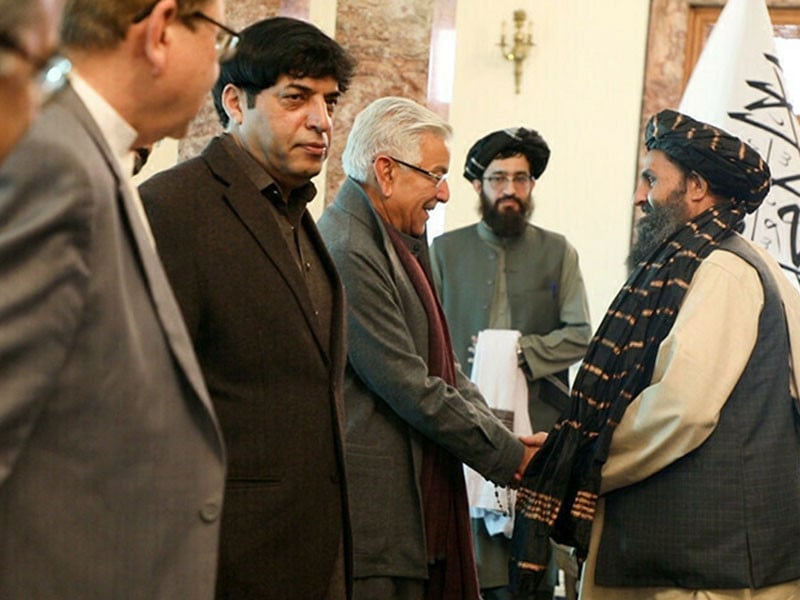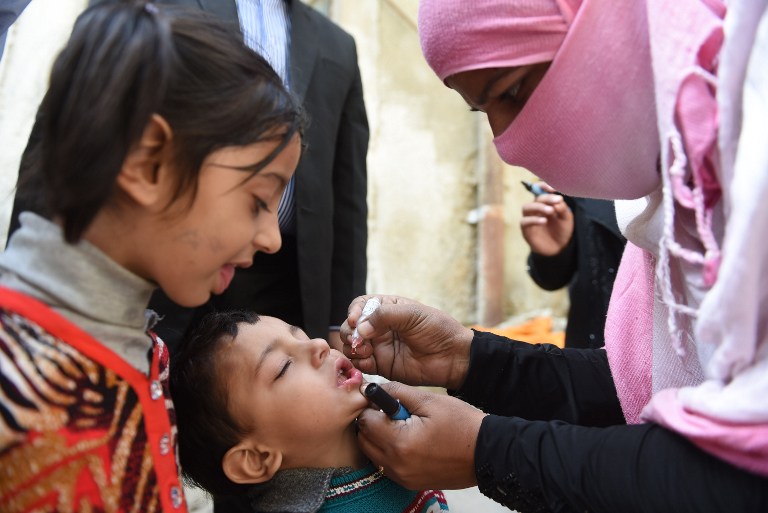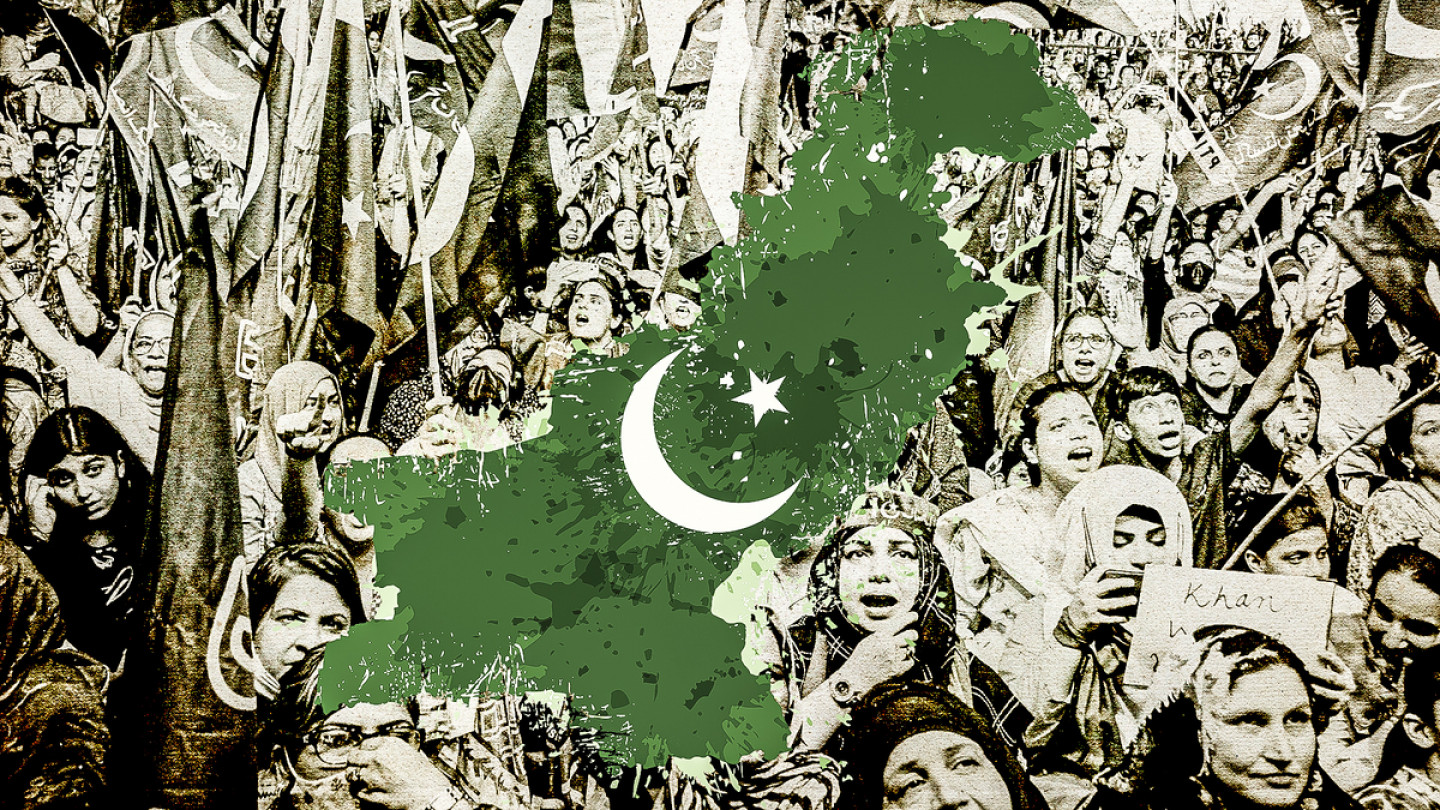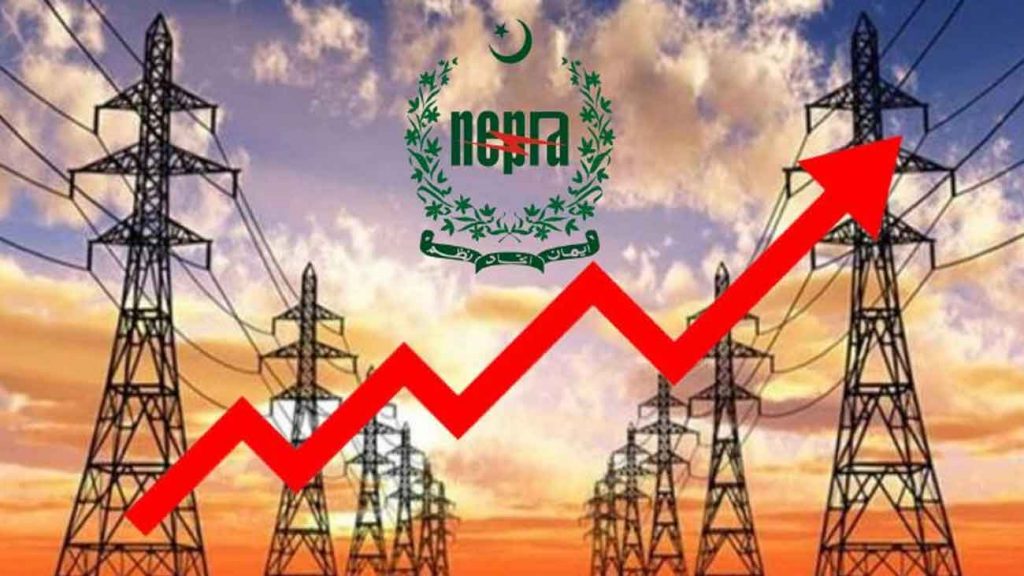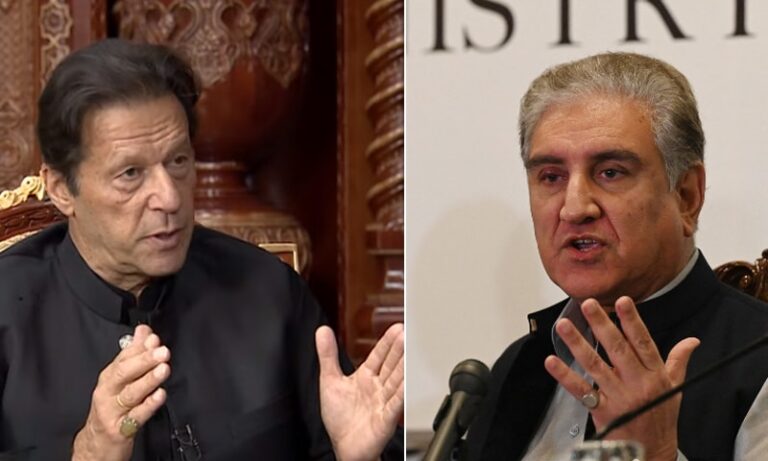EDITORIAL
The Arabic Language is a pillar of the cultural diversity of humankind. It is one of the most widely spoken languages in the world, employed daily by more than 400 million people. World Arabic Language Day has been celebrated every year on December 18 since 2012. The date coincides with the day in 1973 when the General Assembly of the United Nations embraced Arabic as the sixth official Language of the Organization.
In the variety of its formations, classic or dialectal, from oral expression to poetic calligraphy, the Arabic Language has provided advancement to a fascinating aesthetic in fields as varied as architecture, poetry, philosophy and song. It delivers credentials to various identities and beliefs, and its history reveals the richness of its links with other languages. Arabic has played a catalytic role in knowledge, fostering the dissemination of Greek and Roman sciences and philosophies to Renaissance Europe. It has also facilitated a dialogue of cultures covering the silk roads, from the coast of India to the Horn of Africa.
Arabic speakers reside between the Arab region and many other neighboring regions, such as Turkey, Chad, Mali, Senegal, and Eritrea. Arabic is of utmost significance to Muslims, as it is a sacrosanct language (the Language of the Qur’an) and prayer (and other acts of worship). Arabic is also a primary liturgical language for several Christian churches in the Arab region. Many of the most influential Jewish religious and intellectual works of the Middle Ages were written in it.
The Arabic Language allows entry to a world full of diversity in all its forms and images, including the diversity of origins, stripes, and beliefs. It also presented work in geometry, poetry, philosophy and singing. Arabic prevailed for centuries as the Language of politics, science and literature. It impacted directly or indirectly many other languages in the Islamic world, such as Turkish, Persian, Kurdish, Urdu, Malay, Indonesian, Albanian and some other African languages such as Hausa and Swahili, and some European languages, especially the Mediterranean ones. It also influenced the languages such as Spanish, Portuguese, Maltese and Sicilian.
In addition, it symbolized a catalyst for producing and disseminating knowledge and helped transfer Greek and Roman scientific and philosophical knowledge to Europe in the Renaissance. It also made it possible to establish a dialogue between cultures along the land and sea routes of the Silk Road from the coasts of India to the Horn of Africa.
In support of and promotion of multilingualism and multiculturalism in the United Nations, the United Nations Department of Global Communication — formerly known as the Department of Public Information — adopted a resolution on the eve of International Mother Language Day to celebrate each of the six official languages of the United Nations. Accordingly, the U.N. decided to celebrate the Arabic Language on December 18, the day on which General Assembly Resolution 3190 (XXVIII) of December 18, 1973, was passed, concerned with the inclusion of the Arabic Language among the official and working languages of the United Nations.
The purpose of this day is to raise awareness of the history, culture and development of the Language through the preparation of a program of activities and special events.
Arabic (al-lughatu al-‘arabiyyah, اللغة العربية) belongs to the Afro-Asiatic (or Hamito-Semitic) family of languages that consists of over three hundred languages, some of which are extinct and some used marginally as liturgical languages. Arabic and Hebrew are the two prime examples of living Semitic languages, while Hausa and various dialects of Berber are examples of surviving Hamitic languages. The earliest known instance of Arabic is an inscription found in the Syrian Desert dating back to the fourth century A.D. The pre-Islamic Arab tribes who lived in the Arabian Peninsula and neighboring regions had a thriving oral poetic tradition. But it was not systematically collected and recorded in written form until the eighth century A.D. This poetic Language, probably the result of the fusion of various dialects, came to be regarded as a literary or elevated style representing a cultural bond among tribes.https://republicpolicy.com/what-is-poetry-is-it-the-best-expression-ever/
Prophet Muhammad (PBUH) received his messages from God in Arabic through the Angel Gabriel over twenty-three years, 610-632 A.D. The Holy Quran, containing these messages, was initially committed to memory by professional reciters (huffaz and qura’). With the spread of Islam, different accents for the pronunciation of the Quran came into use until a standardized version (with notations for different accents) was completed under the third Caliph, Uthman Ibn’ Affan, in the mid-seventh century A.D. As more and more non-Arabic speakers were drawn to Islam, the Quran became the most critical bond among Muslims, Arabs and non-Arabs alike, revered for its content and admired for the beauty of its Language. Arabs, regardless of their religion, and Muslims, irrespective of their ethnic origin, hold the Arabic Language in the highest esteem and value it as the medium of a rich cultural heritage. This intimate connection between the Quran and Arabic gave the Language its unique status and contributed to the Arabization of diverse populations.
Arabic, like other languages, is a medium of communication. It is a sacred language according to some beliefs. However, it is primarily a language of communication for the Arabs. Though, with the rise of Islam, Arabic shifted from a little-known tribal language to the lingua franca of the Muslim world. It was a prerequisite to scholarship, and knowledge of it became a matter of the utmost seriousness. It is the Language of the Qur’an and Sunnah. It is the medium through which Holy Prophet (PBUH) and companions conveyed Islamic concepts and laws. Since the Qur’an and Sunnah’s language is Arabic, it is the primary source of communication about Islam. The Arabic Language’s importance has always been known for the above and many other reasons.
Arabic was the official Language when the territory of the modern state Islamic Republic of Pakistan was a part of the Umayyad Caliphate between 651 and 750. Arabic is mentioned in the constitution of Pakistan. It declares in article 31 No. 2 that “The State shall endeavor, as respects the Muslims of Pakistan (a) to make the teaching of the Holy Quran and Islamiat compulsory, to encourage and facilitate the learning of Arabic language”.https://republicpolicy.com/the-united-nations-and-the-principle-of-neutrality/
Arabic is the religious Language of Muslims. The Quran, Sunnah, Hadith and Muslim theology is taught in Arabic with Urdu translation. The Pakistani diaspora living in the Middle East has further increased the number of people who can speak Arabic in Pakistan. Arabic is taught as a religious language in mosques, schools, colleges, universities and madrassahs. Most of Pakistan’s Muslim population has had some form of formal or informal education in the reading, writing and pronunciation of Arabic as part of their religious education.
The National Education Policy 2017 declares in article 3.7.4 that: “Arabic as compulsory part will be integrated with Islamiyat from Middle to Higher Secondary level to enable the students to understand the Holy Quran.” Furthermore, it specifies in article 3.7.6: “Arabic as elective subject shall be offered properly at Secondary and Higher Secondary level with Arabic literature and grammar in its course to enable the learners to have command in the language.” This law is also valid for private schools as defined in article 3.7.12: “The private institutions will adopt the curriculum in Islamiyat, Arabic and Moral Education of the public sector to make uniformity in the society.” Hence, Arabic is vital for religious education in Pakistan; therefore, all Muslims will read and learn the Arabic Language.



































